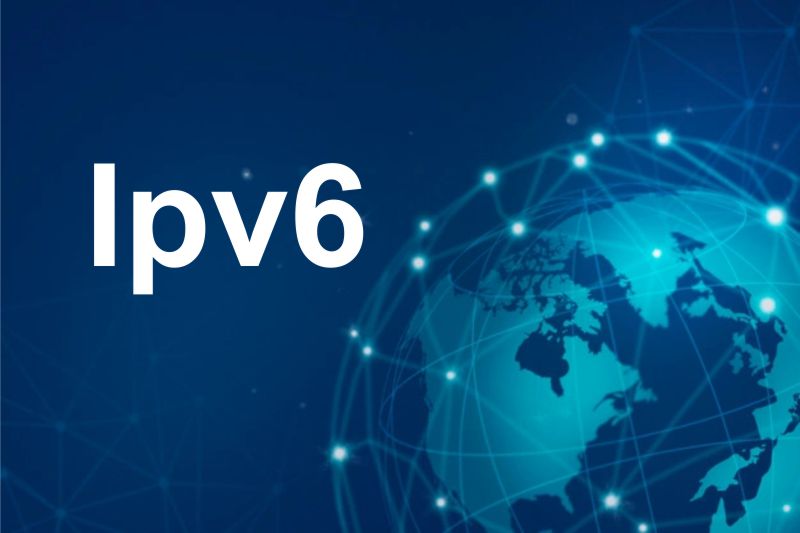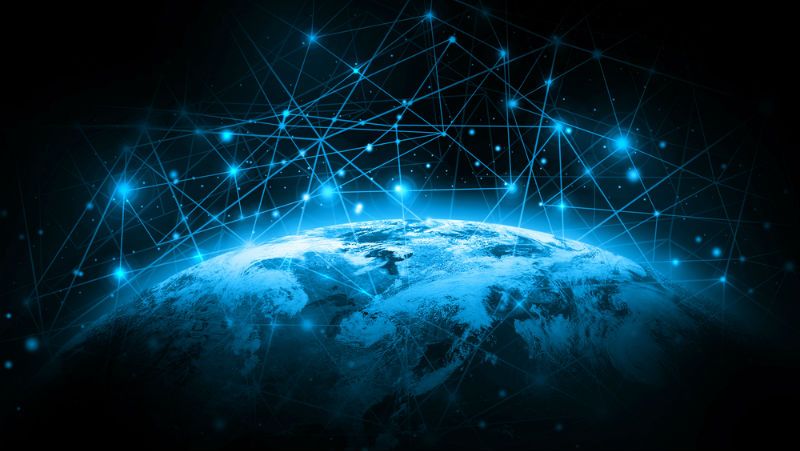IPv6 Adoption Rates:
According to Rakesh Mohan Agarwal, chairman of ITI Limited, “India is the largest subscriber of IPv6, contributing to more than 50% of the entire base worldwide. The project intends to create a reliable and fully-secure digital infrastructure.”
With around 60% usage, India ranks first in IPv6, followed by Belgium (58%). Thanks to its brand-new network, Reliance Jio now ranks second to T-Mobile regarding IPv6 subscribers, with 91.8% of the market, according to Akamai.
India had developed the initial IPv6 roadmap in 2009, and the job was assigned to the government-run Telecom Engineering Centre (TEC) under Agarwal, who carried out more than 50 workshops around the country to raise awareness.
Additionally, the Department of Telecommunications (DoT) presented a new roadmap in 2012 that had been drafted in conjunction with a Japanese laboratory. Reliance Jio, founded by billionaire Mukesh Ambani, is a native IPv6 operator that entered the commercial telecom market in 2016. As a result, the country’s IPv6 user base has rapidly increased from 1% to 15% five years ago to approximately 92% today.
According to Agarwal, the endeavor to link devices with IPv6 will safeguard the Digital India program and put the country in an advantageous position. “ITI would provide full support in pushing things to the next level for the benefit of the country’s digital infrastructure,” he added.
Launched in 2015, Prime Minister Narendra Modi’s famous Digital India umbrella program promises to provide 1.3 billion Indians with high-speed broadband, 100% mobile telephony, and digital delivery of citizen-centric services.
What is IPv6?
The more recent Internet Protocol, IPv6, will eventually replace IPv4. Every internet-connected gadget needs a unique IP address to communicate with other devices. The Internet Protocol’s sixth iteration, IPv6, was developed in 1998.
Why was IPv6 switched over to IPv4?
The scarcity of addresses supported by IPv4 is the primary driver of the switch to IPv6. The 32-bit addressing scheme used by IPv4 can now support about 4.3 billion addresses, which is insufficient given the rising number of devices and internet users worldwide. This is where IPv6 enters the picture because it uses a 128-bit addressing scheme, allowing it to accommodate more devices. In terms of numbers, IPv6 can support up to 340 trillion devices, or, for math nerds, 2 to the 128th power.
Features of I IPv6:
- Heading format reduction
- Increased address space
- A nested address structure
- Autoconfiguration be addressed
- Integrated security
- Quality of service assistance
- The mechanism for improved neighbor finding
- Adjustable extension headers
What accelerated India’s adoption of IPv6?
Reliance Jio may already be aware as anyone from the subcontinent reading this. After examining the Google data, we can observe that the adoption rate began to increase in 2019, which, in our opinion, was because Jio Fiber had just been introduced.
By Akamai’s IPv6 visualization data, Jio Fiber has the most effective adoption rate of IPv6 among all ISPs worldwide, at 90%. However, according to Google and Akamai, India’s adoption rate is 61%.











